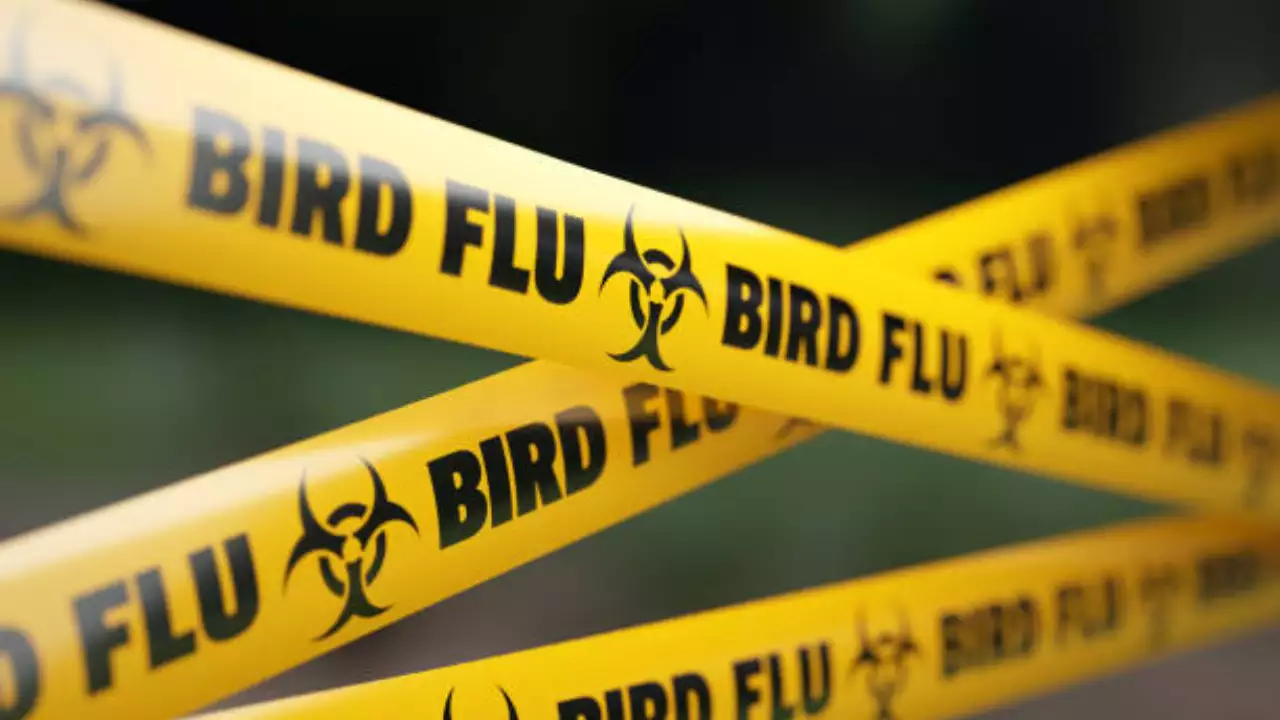Texas Dairy Worker Infected with H5N1 Bird Flu Highlights Urgency for Protective Measures
Introduction:
Recent revelations detailed in the New England Journal of Medicine shed light on a concerning incident involving a Texas dairy farm worker infected with H5N1 bird flu. The worker, who had direct exposure to symptomatic cattle on the farm, was notably without proper respiratory or eye protection, amplifying the risk faced by agricultural workers during this ongoing outbreak among U.S. dairy cattle.
Key Details:
- The outbreak, affecting 36 dairy herds across nine states, marks the first instance of H5N1 infection in cattle in the United States.
- This incident, only the second known human case in the country, underscores the potential danger posed to individuals in close proximity to infected livestock.
- The infected worker developed conjunctivitis, commonly known as pink eye, in the absence of respiratory symptoms or fever.
- Despite lacking direct contact with sick or deceased birds, the worker’s exposure to ailing dairy cows with symptoms such as reduced milk production and appetite highlights the virus’s spread within mammal species.
- Notably, the worker was not equipped with respiratory or eye protection, emphasizing the urgent need for proper protective gear in such environments.
CDC Recommendations:
The Centers for Disease Control and Prevention (CDC) stress the importance of appropriate protective measures for farmers, workers, and emergency responders engaged in direct or close contact with sick birds, livestock, or contaminated materials.
USDA Analysis:
An analysis by the U.S. Department of Agriculture indicates that the virus had been circulating in U.S. dairy cows for approximately four months before its official reporting in March.
FDA Assurance:
Preliminary tests conducted by the Food and Drug Administration (FDA) suggest that dairy products, including milk and baby formula, remain safe for consumption amidst the outbreak.
In conclusion, the alarming case of H5N1 transmission to a dairy worker underscores the critical need for stringent protective measures and heightened vigilance among agricultural workers and public health agencies alike.















































